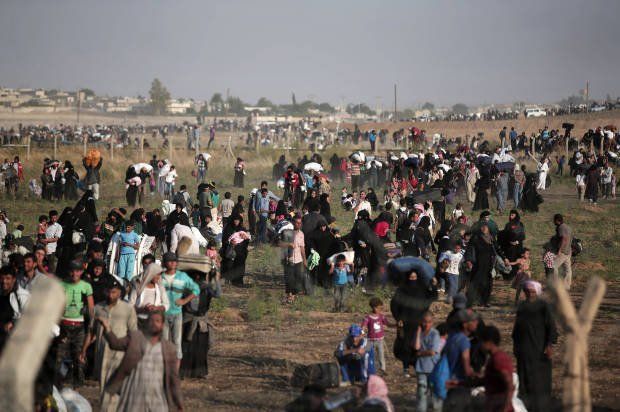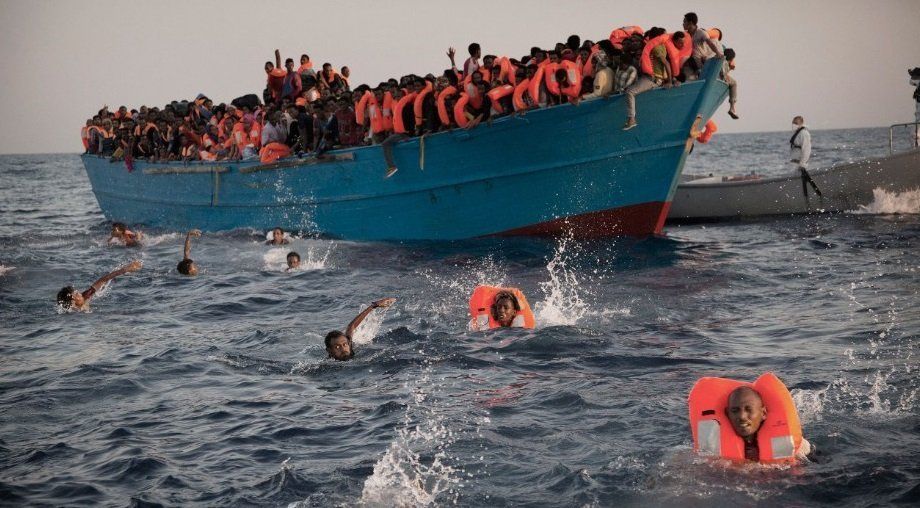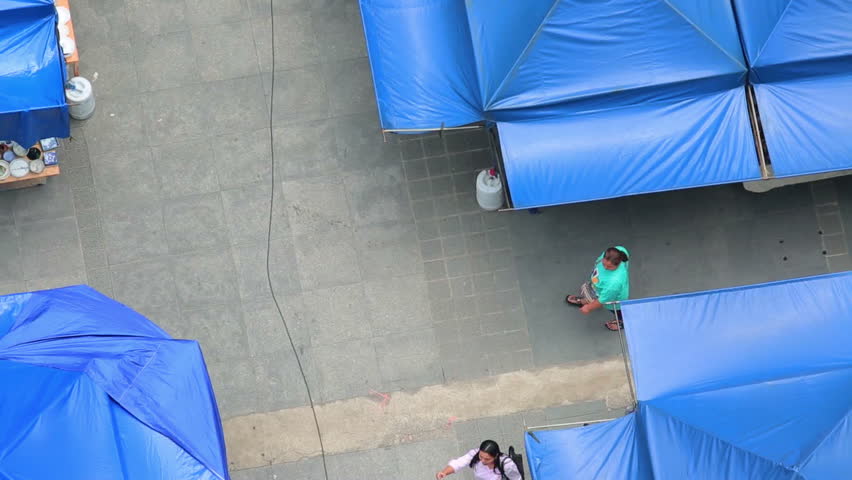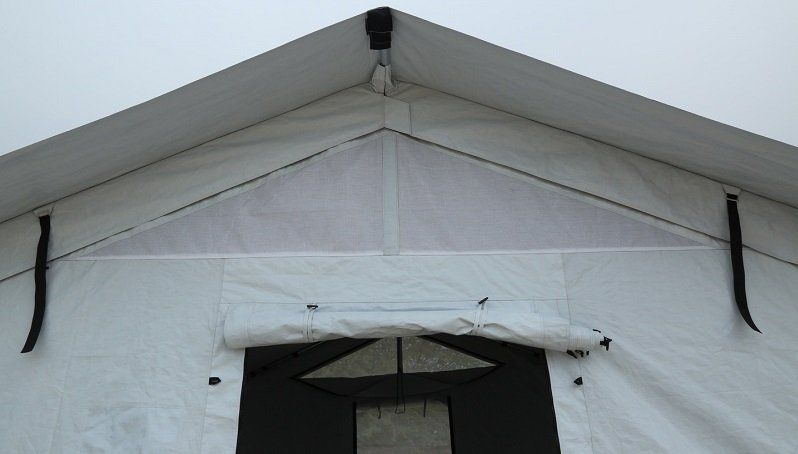
How the rescue operation must be envisioned? What proportion of products must be distributed? The need to build up a relevant supply chain is important. This entails building up the requirements of different product categories.
Need identification on the basis of immediate necessity provide better rationalization of the resources? The sustainable value associated with the shelters is also an essential ingredient. The scenario management helps in ascertaining how different shelters can accommodate different type of families in the tent.
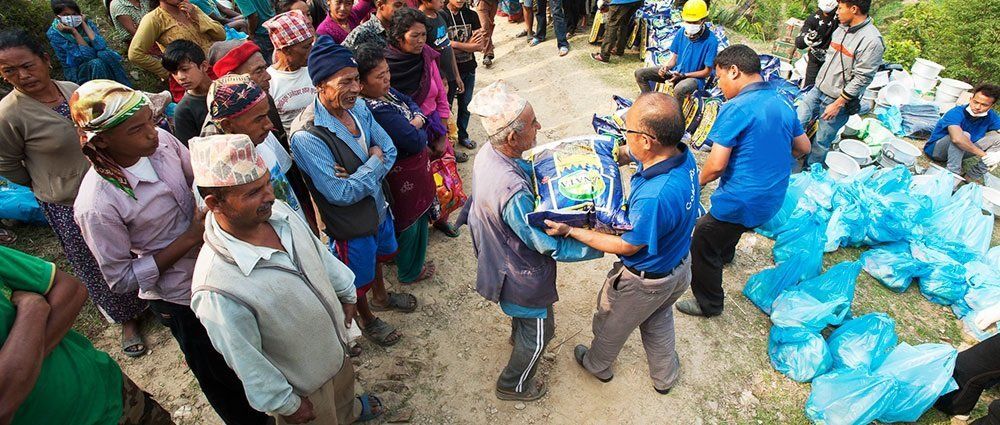
We normally hear the phrase that food items are really important for our survival and for full-filling our nutritional needs. That is true, there is no objection on it at all. But as much as the food items are important, the non-foods are important as well.
When it’s about the emergency situations and disaster, the focus mainly is on the food products again. But in that situation as well, non-food holds a key importance in facilitating towards survival.
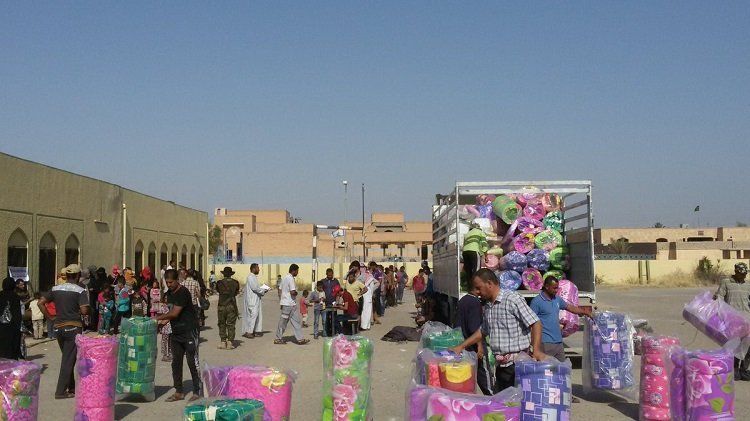
Different relief suppliers including NGO’s perform their best in responding to a disaster affected area. Self-preparation and the available items of an evacuated community last for a limited time. Additionally, their existing preparations also have different limitations such as shelter needs and first-aid item's availability.
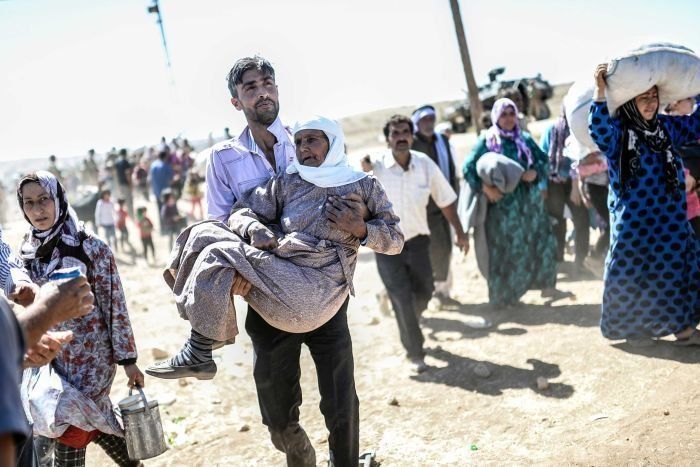
The situation of displaced people cannot be explained in its true sense. Just think what if somebody takes away the ground under your feet. The snapshots of the ground realities gives a different picture. Each catastrophe is different in extent and scope and the products to be provisioned has to adhere to the special requirements. First things first; the rescue operators have to save precious human lives. Next people want food and water to survive.

Working on remote projects, especially when one is connected with the field of construction and engineering, the project life time may be an extended one and this factor may make things difficult for one to stay away from threats like harmful insecticidal bites. Especially, when one is not prepared and geared up to face such situations.
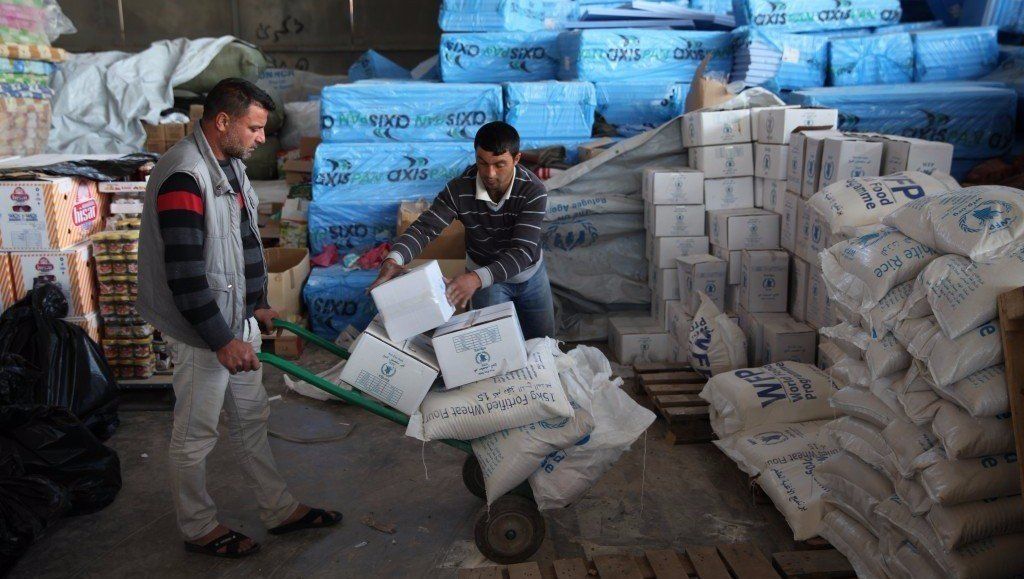
After any natural disaster or calamity the importance of non-food Items NFIs is as significant as the edible items. Both the edible stuff and NFIs provide ease of living and provide relief to the displaced people. In addition to the dietary stuff people also need clothes, blankets, sleeping mats, and most importantly tents to safeguard them from all weather conditions like sun, wind, heat, rain or cold.
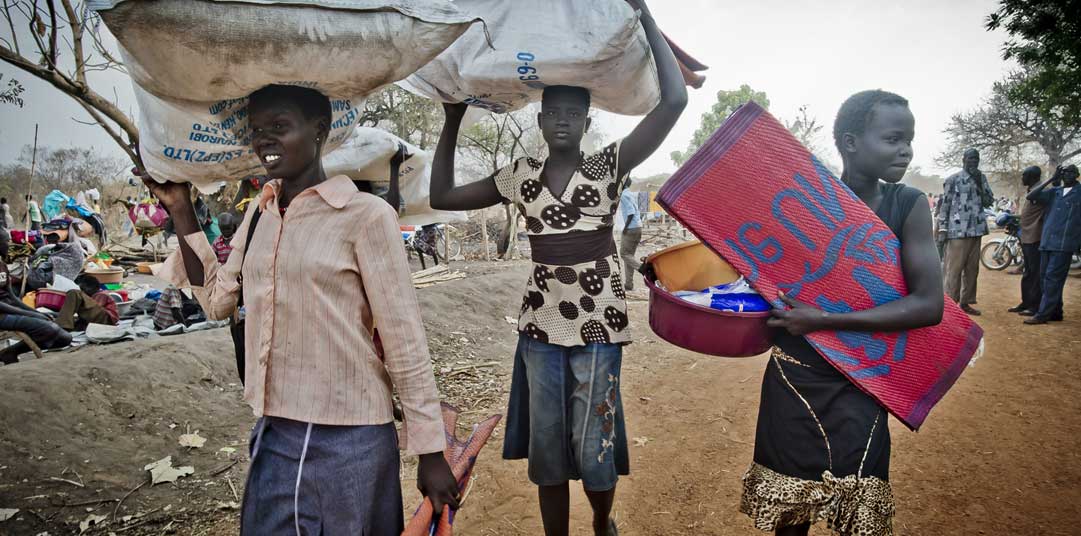
Poor communities are mostly living in unprotected areas. They are underserved and that’s why they are highly disturbed once disaster finds its way into that community. They can’t support themselves neither during flooding nor hurricanes or any other emergency.
Government bodies and other private and not profit organizations do have their own strategies for community’s awareness during disaster. They usually promote self-preparedness before disaster strikes their doors. Once they know how and when to prepare, they can better avoid expensive damages.

How the rescue operation must be envisioned? What proportion of products must be distributed? The need to build up a relevant supply chain is important. This entails building up the requirements of different product categories.
Need identification on the basis of immediate necessity provide better rationalization of the resources? The sustainable value associated with the shelters is also an essential ingredient. The scenario management helps in ascertaining how different shelters can accommodate different type of families in the tent.

We normally hear the phrase that food items are really important for our survival and for full-filling our nutritional needs. That is true, there is no objection on it at all. But as much as the food items are important, the non-foods are important as well.
When it’s about the emergency situations and disaster, the focus mainly is on the food products again. But in that situation as well, non-food holds a key importance in facilitating towards survival.

Different relief suppliers including NGO’s perform their best in responding to a disaster affected area. Self-preparation and the available items of an evacuated community last for a limited time. Additionally, their existing preparations also have different limitations such as shelter needs and first-aid item's availability.
